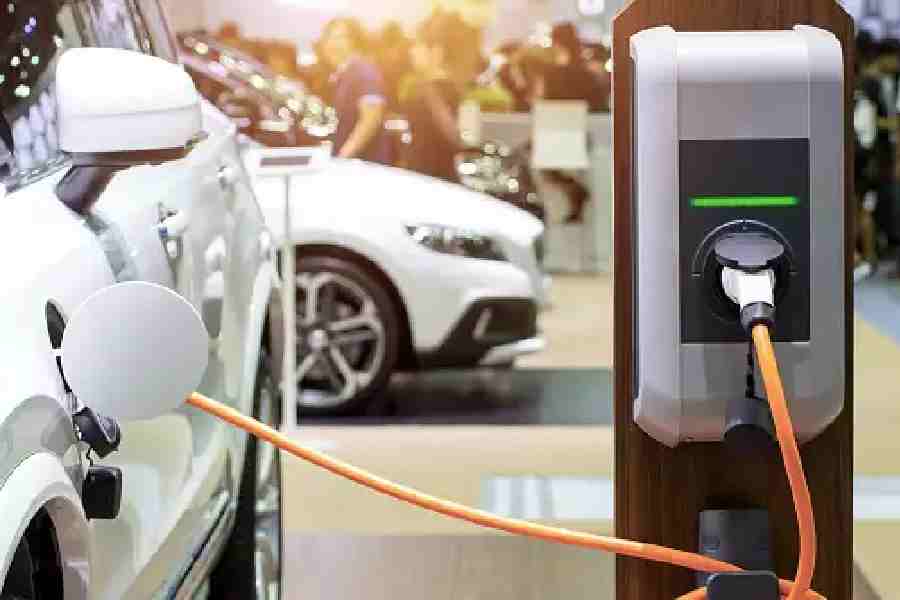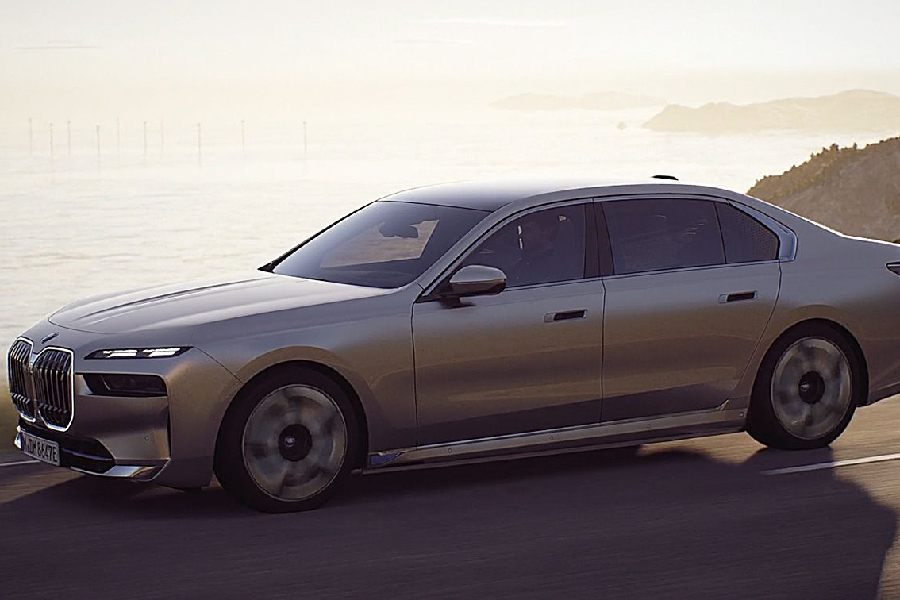While central and state policies helped increase the total number of electric vehicles (EVs) sales between 2014 and 2023, they did not do enough to increase their share in the overall vehicle market due to challenges like consumer preference for internal combustion engine (ICE) vehicles and a lack of charging infrastructure, according to a new study published on Wednesday.
India plans to reduce its carbon emissions per unit of GDP by 45 per cent by 2030 and achieve net zero by 2070. A key focus is on the transport sector, which contributes 14 per cent of India's energy-related carbon emissions. The country also wants to become a global hub for EV manufacturing to boost growth, cut imports and create jobs.
India has introduced policies, incentives and rules to promote EVs, aiming for 30 per cent EV sales in cars, 70 per cent in commercial vehicles and 80 per cent in two- and three-wheelers by 2030.
However, there are challenges such as high costs, a shortage of batteries and charging stations and the lack of clear national targets.
The analysis by the think tank Institute for Energy Economics and Financial Analysis (IEEFA) looked at how effective government support has been for EV growth.
It found that higher subsidies under FAME-II led to a significant increase in electric two-wheeler (E2W) sales during this period, with a 12.7 per cent jump in sales for every one-standard-deviation increase in subsidy intensity.
States with supportive policies had 54.5 per cent higher E2W sales than states with only central policies, IEEFA said.
However, the adoption rate, the share of E2Ws in total two-wheeler sales, remained at a modest 4 per cent at the end of 2023.
IEEFA researchers said this shows that subsidies alone are not enough to change the overall market. To achieve India's goal of 30 per cent EV sales in the E2W segment by 2030, India should also invest in reliable public charging infrastructure.
"The government should continue offering purchase subsidies to sustain momentum but clearly communicate a phased-down trajectory for a longer term. This will help consumers and manufacturers plan better, while nudging the market towards cost parity and self-sufficiency," says Charith Konda, Energy Specialist, IEEFA, one of the report's co-authors.
The electric three-wheeler passenger (E3WP) segment grew during FAME-I. However, the shift to FAME-II had little direct effect on sales, which suggests that the segment has matured beyond the need for subsidies.
"Strengthening financing, local manufacturing and urban integration can help this segment achieve greater scale and quality without reverting to broad-based subsidies," said Subham Shrivastava, Climate Finance Analyst, IEEFA.
For electric three-wheeler cargo (E3WC), sales increased because of lower costs and state policies. Adoption rates rose by 8.4 per cent in states offering support.
For electric four-wheeler (commercial) (E4WC), FAME-II and Production Linked Incentives led to much higher sales. States with supportive policies saw 211 per cent higher sales compared to others. However, adoption rates only improved slightly.
For electric four-wheeler (private) (E4WP), subsidies mainly focused on commercial use and adoption for private vehicles remained low, at about 2 per cent.
"As India transitions from FAME schemes to PM E-DRIVE and other similar initiatives, policymakers must recognise that each EV segment requires tailored intervention," Konda said.
Except for the headline, this story has not been edited by The Telegraph Online staff and has been published from a syndicated feed.


